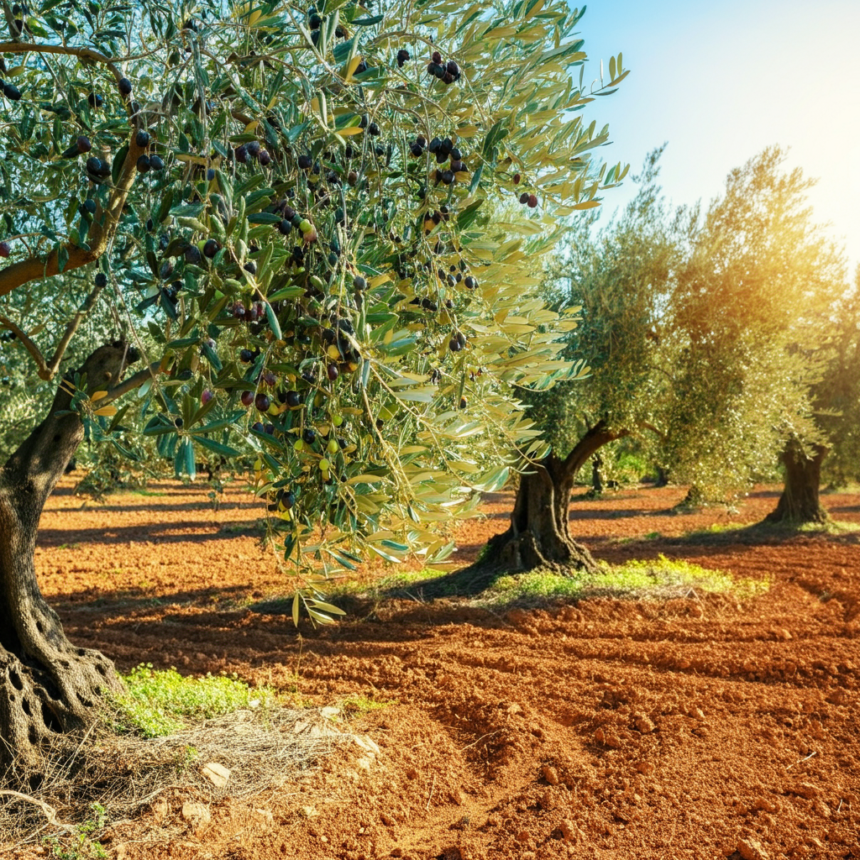The Ultimate Guide to Olives
Olives have been a culinary staple for thousands of years, adding depth, flavor, and character to countless dishes.
From their humble beginnings as wild fruit to their starring role on charcuterie boards today, olives are a testament to the saying that “great things come in small packages.
” But how much do you really know about olives? Are they just a snack or salad topper, or is there more beneath their shiny, briny skin?
This guide dives deep into everything ol ives—from their rich history to their health benefits, varieties, and even ways you can incorporate them into your everyday cooking.
Whether you’re an olive enthusiast or a curious newcomer, you’ll leave with newfound appreciation for one of the world’s oldest and most versatile foods.
A Brief History of Olives
Did you know oli ves date back to ancient times? This revered fruit has its origins in the Mediterranean, with the earliest evidence of olive cultivation found as far back as 4000 BCE. Ancient civilizations, including the Greeks, Romans, and Egyptians, held olive trees in high regard—not just for their fruit but as symbols of peace, prosperity, and endurance.
The spread of olives followed trade routes, eventually making their way from the Mediterranean to parts of Asia, Africa, and the Americas. Today, Spain, Italy, and Greece are the top olive-producing nations, cultivating millions of tons of olives per year for both their fruits and oil.
Olives Explained
Before we explore the various types and uses, let’s demystify what oli ves actually are. At their core, olives are fruits, albeit much less sweet than your average apple or peach. They grow on olive trees (scientific name Olea europaea), which thrive in warm climates, particularly in well-draining, dry soil.
A raw olive freshly picked from the tree isn’t something you’d want to bite into; it’s bitter and virtually inedible in its natural state. This bitterness comes from a compound called oleuropein, which needs to be removed or significantly reduced through curing, brining, or fermenting processes.
Are Olives a Healthy Choice?
Yes! Olives may be small, but they pack a big nutritional punch. Here’s what makes them a great addition to your diet:
- Rich in Healthy Fats: Oli ves are high in monounsaturated fats, particularly oleic acid, which is linked to reducing inflammation and improving heart health.
- Antioxidant Powerhouses: They’re loaded with antioxidants like vitamin E, helping protect your cells from damage caused by free radicals.
- Good for Digestion: The fermentation process some oli ves go through introduces probiotics, which promote gut health.
- Low in Carbs: With minimal impact on blood sugar levels, olives are perfect for those following low-carb or ketogenic diets.
However, keep in mind that ol ives are typically high in sodium due to brining, so moderation is key if you’re watching your salt intake.
Types of Olives You Should Know
Not all oliv es are created equal. They come in a variety of flavors, colors, and textures, often influenced by their region of origin and curing methods. Here are some of the most popular types:
Black Olives
Black oliv es are fully ripened on the tree before being harvested. Their flavor is mild, and they often end up sliced on pizzas or tossed in salads. Common varieties include:
- Kalamata (Greece): Characterized by their dark purple color and almond shape, Kalamata olives are meaty with a slightly tangy taste.
- Niçoise (France): Small and nutty, these are the backbone of the classic Niçoise salad.
Green Olives
Green oli ves are picked before they fully ripen. They tend to have a firmer texture and come with a sharper, more bitter flavor. Varieties to try include:
- Manzanilla (Spain): With a mild, crisp taste, these often grace martinis or come stuffed with pimentos.
- Castelvetrano (Italy): Known for their vibrant green color and buttery flavor, these are a favorite among olive aficionados.
Specialty Olives
Looking to venture off the beaten path? Try these unique options:
- Cerignola (Italy): The largest olive variety, it’s plump, mild, and perfect for stuffing with cheese or anchovies.
- Throuba (Greece): A wrinkled, salt-cured olive that delivers an intense, earthy flavor.
Using Olives in Your Kitchen
Oli ves are as versatile as they are tasty. Whether as a snack, a garnish, or the star ingredient, there are endless ways to enjoy them. Here are a few ideas:
Snacking Done Right
Simply toss a selection of green and black oli ves with a drizzle of olive oil, some crushed garlic, and a sprinkle of herbs like thyme, oregano, or rosemary. Serve alongside crusty bread for a quick, Mediterranean-inspired snack.
Olive Tapenade
This classic French spread is made by blending oli ves with capers, garlic, olive oil, and sometimes anchovies or lemon juice. It’s perfect as a dip or a topping for roasted chicken and fish.
Elevate Your Pastas and Salads
Chop up oliv es and mix them into pasta dishes for added depth, or toss them into a Greek salad with cucumber, tomato, red onion, and feta.
Pairing with Cheese and Wine
Create the ultimate charcuterie board by pairing oli ves with aged cheeses like Parmesan or Manchego, alongside crisp white wines or robust reds.
The Olive Oil Connection
It would be remiss to discuss ol ives without touching on their liquid gold counterpart, olive oil. Extra virgin olive oil (EVOO), in particular, is lauded for its deep flavor and health benefits. Drizzle it on salads, use it as a dip with bread, or simply enjoy it as a finishing touch on grilled vegetables or meat.
If you’re shopping for olive oil, look for bottles labeled “cold-pressed” and “extra virgin” for the best quality.
Olives and Sustainability
Beyond their taste and benefits, olives can also be a more sustainable crop compared to others. Olive trees require relatively little water, thrive in arid climates, and support biodiversity in the regions where they are grown. Supporting olive farmers who use organic or regenerative practices helps ensure this ancient crop continues to flourish sustainably.
Your Olive Journey Begins
Whether you’re rediscovering old favorites or exploring new flavors, oli ves are a simple yet sophisticated way to elevate your meals and enrich your lifestyle. Start small by adding a handful to your next salad or trying out a recipe, and see where the world of olives takes you.
Looking for more tips on how to incorporate olives into your diet? Subscribe to our newsletter for recipes, olive oil recommendations, and exclusive content to help you enjoy this ancient delicacy to the fullest.





